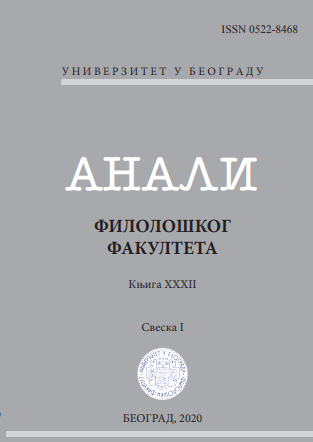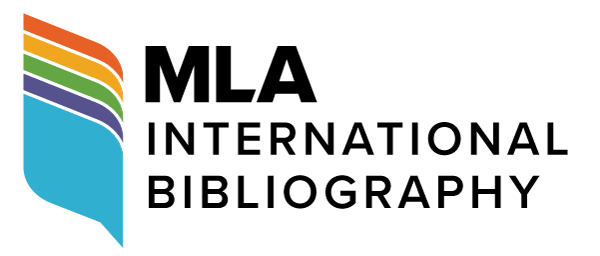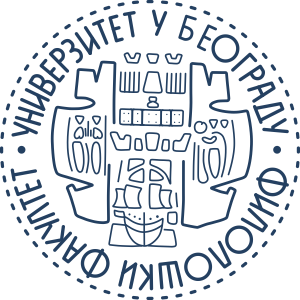Izražavanje anteriorne buduće radnje u italijanskom i srpskom jeziku
DOI:
https://doi.org/10.18485/analiff.2020.32.1.17Кључне речи:
italijanski, srpski, anteriorni futur, prost futur, futur I, futur II, perfektivni prezent, složeni perfekat, perfekat, ekvivalentiАпстракт
U radu se opisuju i porede glagolski oblici kojima se u italijanskom i srpskom jeziku izražavaju radnje koje su na vremenskoj osi smeštene posteriorno u odnosu na trenutak govora, a anteriorno u odnosu na drugu buduću radnju. Cilj rada jeste da se utvrde njihove međusobne sličnosti i razlikei da se ustanovi u kojoj meri italijanski i srpski ispoljavaju podudarnosti i razlike u pogleduizražavanja anteriorne buduće radnje. Rezultati sprovedene kontrastivne analize pokazuju da se između italijanskih i srpskih glagolskih oblika kao markera za anteriornu buduću radnju javljaju kako apsolutna i delimična poklapanja, tako i brojne razlike. Ove tri vrste odnosa manifestuju sepre svega na morfosintaksičkom planu, a ogledaju se u postojanju odnosno nepostojanju nekih formalno istih sredstava za obeležavanje anteriorne buduće radnje, kao i u njihovoj sintaksičkoj distribuciji.
Референце
Downloads
Објављено
Број часописа
Рубрика
Лиценца

Овај рад је под Creative Commons Aуторство-Дели под истим условима 4.0 Интернационална лиценца.
Authors who publish with this journal agree to the following terms:
- Authors are confirming that they are the authors of the submitting article, which will be published (print and online) in the journal Anali filološkog fakulteta by the Faculty of Philology, University of Belgrade (Faculty of Philology, Studentski trg 3, 11000 Belgrade, Serbia). Author’s name will be evident in the printed article in the journal. All decisions regarding layout and distribution of the work are in hands of the publisher.
- Authors guarantee that the work is their own original creation and does not infringe any statutory or common-law copyright or any proprietary right of any third party. In case of claims by third parties, authors commit their self to defend the interests of the publisher, and shall cover any potential costs.
- Authors retain copyright and grant the journal right of first publication with the work simultaneously licensed under a Creative Commons Attribution-ShareAlike 4.0 International License that allows others to share the work with an acknowledgement of the work's authorship and initial publication in this journal.
- Authors are able to enter into separate, additional contractual arrangements for the non-exclusive distribution of the journal's published version of the work (e.g., post it to an institutional repository or publish it in a book), with an acknowledgement of its initial publication in this journal.
- Authors are permitted and encouraged to post their work online (e.g., in institutional repositories or on their website) prior to and during the submission process, as it can lead to productive exchanges, as well as earlier and greater citation of published work.





